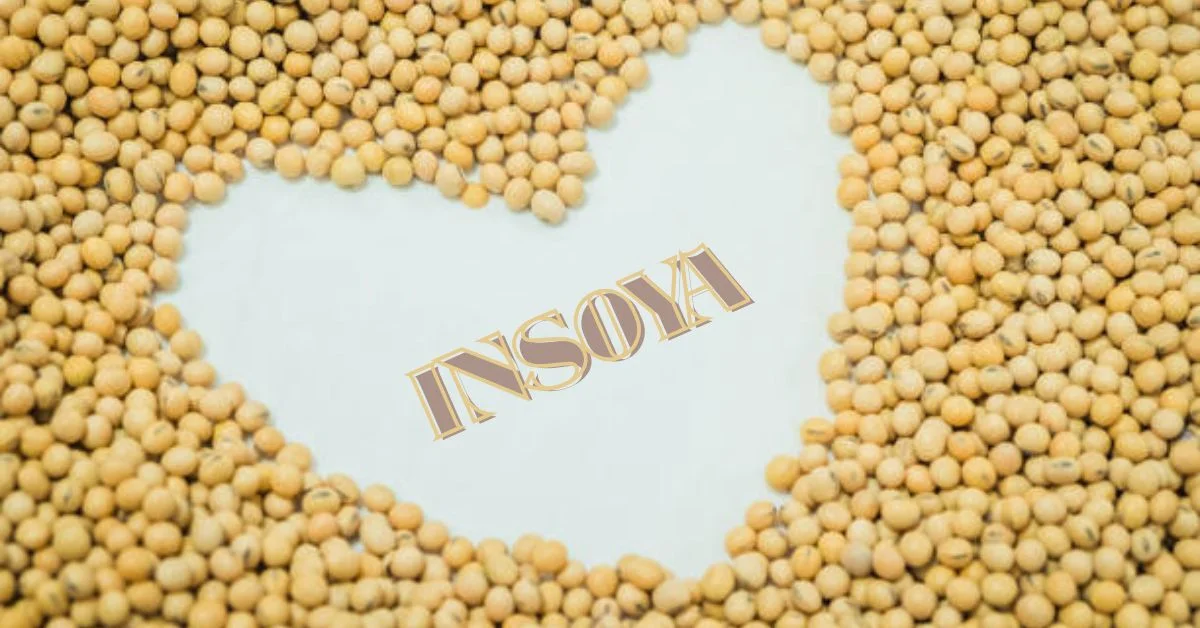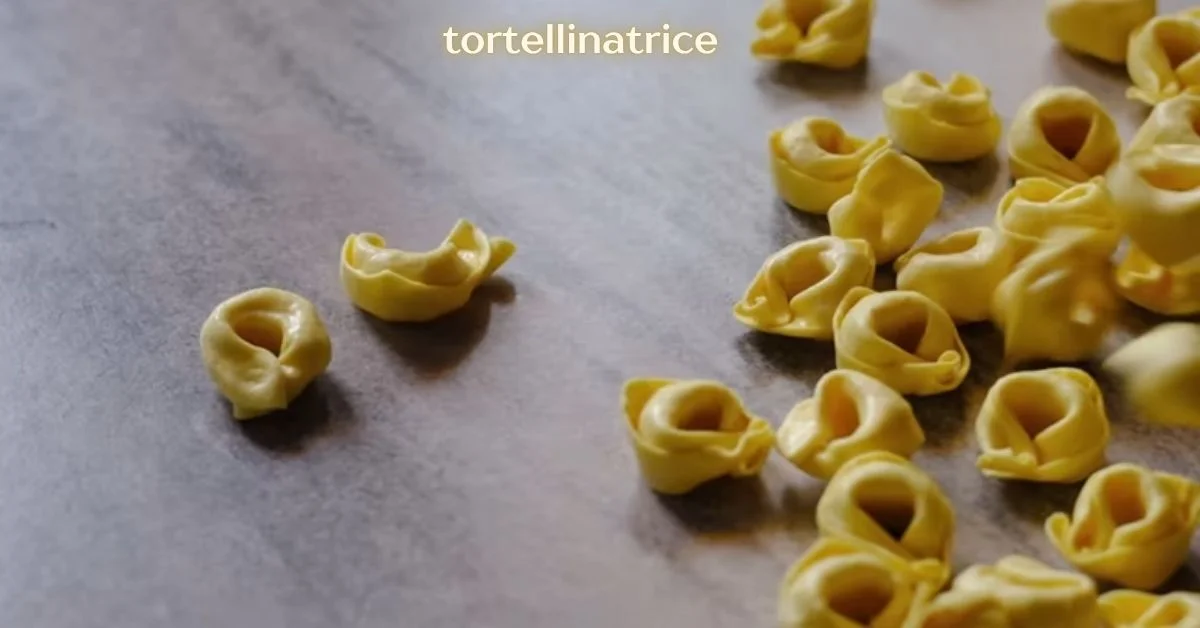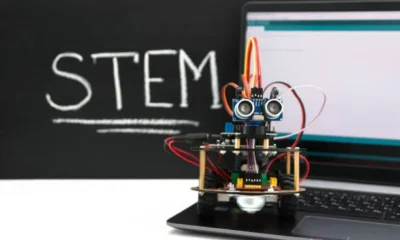Food & Drinks
Insoya: Unlocking the Global Impact of the Humble Soybean

Introduction to the Humble Soybean
Soybeans might seem like just another crop on the farm, but their impact reaches far beyond fields and fences. These tiny legumes play a mighty role in nutrition, markets, and the environment. As we delve into the world of soybeans through Insoya, you’ll discover how this humble seed has become a key player on the global stage. From nutritious food sources to sustainable agricultural practices, soybeans are transforming lives everywhere. Let’s explore the remarkable journey and significance of these tiny powerhouses that nourish both people and the planet.
The Global Impact of Soybeans
Soybeans are more than just a staple crop; they play a pivotal role in global economies. As one of the most traded commodities, soybeans significantly contribute to agricultural exports. Countries like the United States, Brazil, and Argentina dominate production, impacting international markets.
The versatility of soybean products extends beyond food. They serve as key ingredients in animal feed, driving livestock production worldwide. This ripple effect supports farmers and agribusinesses across various sectors.
Moreover, soybeans influence sustainability practices. Their nitrogen-fixing ability enriches soil health, reducing reliance on synthetic fertilizers. This natural process enhances agricultural productivity while promoting environmental stewardship.
As consumer demand for plant-based protein rises globally, soybeans are positioned at the forefront of this shift. Their potential to address food security challenges makes them essential for future generations seeking sustainable nutrition solutions.
Health Benefits of Soybeans
Soybeans are nutrient powerhouses packed with protein, fiber, vitamins, and minerals. They offer a complete source of protein, making them an excellent choice for vegetarians and vegans.
The presence of isoflavones in soybeans has drawn attention for their potential health benefits. These compounds may help reduce the risk of certain cancers and alleviate menopausal symptoms in women.
Heart health also gets a boost from soy consumption. Studies suggest that replacing saturated fats with unsaturated fats found in soy can lower cholesterol levels.
Furthermore, soybeans help maintain healthy bones due to their calcium content and vitamin K. This makes them particularly valuable as we age.
In addition to these benefits, incorporating soy into your diet can aid digestion thanks to its high fiber content. Adding this humble legume could be a smart move for anyone looking to enhance their well-being.
Sustainability and Environmental Impact
Sustainability is at the heart of soybean cultivation. These crops require less water and land compared to other protein sources, making them an eco-friendly choice for feeding a growing population.
The nitrogen-fixing ability of soybeans enriches the soil, reducing the need for synthetic fertilizers. This natural process helps maintain healthy ecosystems and promotes biodiversity in farming practices.
Moreover, soybeans can be rotated with other crops to combat pests and diseases. This practice enhances soil fertility while diminishing reliance on chemical pesticides.
As consumers become more environmentally conscious, demand for sustainable products rises. The soybean industry aligns itself with these values by implementing innovative farming techniques that prioritize ecological balance.
Investing in sustainable soybean agriculture not only boosts food security but also supports climate resilience efforts globally.
The Versatility of Soybeans in Different Cultures
Soybeans have woven themselves into the fabric of countless cultures around the world. In Asian cuisines, they are a staple. Think tofu in China or miso in Japan—both are derived from this remarkable legume.
In Southeast Asia, tempeh showcases soybeans’ ability to blend health benefits with flavor and texture. It’s not just food; it’s a cultural icon promoting vegetarian diets.
Across the globe, soy milk is gaining traction as a dairy alternative for those seeking lactose-free options. Brazil embraces soybeans too, especially in savory dishes like feijoada.
The adaptability of soy extends beyond cuisine. In many cultures, it’s used for traditional remedies or even rituals that honor agricultural cycles.
From humble beginnings to global prominence, the soybean’s role varies dramatically yet remains deeply rooted in local practices and beliefs worldwide.
Commercial Uses of Soybeans
Soybeans are incredibly adaptable, used in countless industries for diverse commercial needs. In the food sector, they become essential ingredients for products like tofu, soy milk, and tempeh. These options cater to an increasing demand for plant-based diets.
Beyond food, soybean oil is a popular choice in cooking and food processing. Its mild taste makes it perfect for both baking and frying applications.
The industrial realm also benefits from soybeans. They are used in biofuels—providing a renewable energy source that helps reduce carbon footprints.
Additionally, soy derivatives find their way into cosmetics and personal care items due to their moisturizing properties.
Even the agricultural industry utilizes soybeans as animal feed or fertilizer through their nitrogen-fixing abilities. This adaptability highlights why soybeans hold such significance globally while supporting diverse markets efficiently.
Future Potential and Growth Opportunities for the Soybean Industry
The soybean sector is poised for major change and innovation. Innovations in agriculture technology promise to enhance yields and reduce resource consumption.
Genetic advancements are also paving the way for disease-resistant varieties, ensuring better harvests despite changing climates. This means farmers can cultivate soybeans more efficiently.
Emerging markets present a wealth of opportunities. Countries with growing populations demand protein-rich food sources. Soybeans fit this need perfectly, whether consumed directly or as livestock feed.
Sustainable practices are gaining traction too. Consumers increasingly seek products that support environmental stewardship. The soybean sector can lead by example, promoting eco-friendly farming techniques.
Investments in processing and value-added products create new revenue streams within the industry. From plant-based proteins to biofuels, possibilities are expanding rapidly.
This landscape indicates not just growth but also resilience for soybeans in an evolving global market. Companies that pivot now will likely reap substantial rewards down the line.
Conclusion
The humble soybean, often overlooked, plays a significant role in our global landscape. Its influence extends well beyond what we eat. With ongoing innovations and growing awareness of its benefits, the future holds immense promise for this versatile crop.
As we navigate through health trends and sustainability challenges, soybeans offer solutions that resonate with modern values. Their adaptability across cultures showcases not just culinary versatility but also economic potential.
The commercial applications are vast, from food products to biofuels and animal feed. This diversification encourages investment in research and development within the soybean industry.
Looking ahead, exploring new markets and sustainable practices will be key drivers for growth. As demand continues to rise globally, embracing the power of soybeans could unlock opportunities we haven’t yet imagined.
Embracing Insoya means recognizing how one small seed can lead to monumental changes around us—environmentally, economically, and socially. It’s time to appreciate what this remarkable legume brings to our world today—and into tomorrow.
Food & Drinks
Tortellinatrice Explained: Your Complete Manual for Effortless Homemade Tortellini

Introduction to Tortellinatrice and its History
Imagine the aroma of fresh pasta wafting through your kitchen, accompanied by laughter and the clinking of forks. If you’ve ever dreamed of making homemade tortellini like an Italian nonna, you’re in for a treat. Enter the tortellinatrice—your new best friend in creating these delightful stuffed pasta pockets with ease.
This ingenious machine has transformed traditional methods into a user-friendly experience that anyone can master. But what exactly is a tortellinatrice? And how did it come to be such an essential tool for pasta lovers around the world? Let’s dive into its history and explore why it’s become a staple in many kitchens today. Whether you’re a seasoned chef or just starting out, this guide will unlock all you need to know about crafting perfect tortellini at home. Wow your loved ones with your newfound kitchen talents!
Types of Tortellinatrice Machines
When it comes to tortellinatrice machines, variety reigns supreme. Each type caters to different preferences and kitchen setups.
Manual tortellinatrices are ideal for enthusiasts who love the tactile process of making pasta by hand. With an easy-to-use crank system, they offer precise control over dough thickness.
For tech enthusiasts, electric models bring convenience into play. These machines automate the process, making it faster and less labor-intensive. Just set them up, and they do most of the work for you.
There are also hybrid options that combine both manual cranking with some automated features. This offers flexibility for pasta makers who want a bit of both worlds.
Specialized models exist that focus solely on producing specific shapes or sizes of tortellini. They might include adjustable molds to help achieve consistent results every time.
Advantages of Making Homemade Tortellini
Making homemade tortellini opens the door to a world of flavor and freshness. You control every ingredient, ensuring quality and taste that store-bought options can’t match.
Crafting your own means exploring endless filling possibilities. From classic ricotta and spinach to adventurous combinations like butternut squash with sage, the choices are limitless.
The process itself is a delightful experience. Kneading dough by hand or using a tortellinatrice adds an element of creativity. It’s not just about food; it’s about creating memories in the kitchen.
Homemade tortellini also caters to dietary preferences. Gluten-free or vegan? No problem! Tailoring recipes means everyone at your table can enjoy this Italian delicacy without compromise.
There’s something incredibly satisfying about serving dishes made from scratch. Homemade tortellini elevates any meal into an occasion worth celebrating with friends and family.
Step-by-Step Guide for Using a Tortellinatrice Machine
Using a tortellinatrice machine is straightforward and rewarding. Start by preparing your pasta dough. Combine flour, eggs, and a pinch of salt until smooth. Let it rest for about 30 minutes.
Then, pass the dough through the machine at its widest setting to begin flattening it. Gradually narrow the settings to achieve a thin sheet without tearing. Aim for about 1-2 mm thick — perfect for filling.
Once you have your sheets ready, cut them into squares or circles, depending on your preferred shape. Spoon small amounts of filling in each piece before folding them into their iconic shapes.
Feed these completed pieces through the machine again if desired — this can help seal edges tightly. Cook your tortellini in boiling salted water until they float to the surface; typically about 3-5 minutes does the trick! Enjoy every bite of your homemade creation!
Recommended Ingredients and Recipes for Delicious Tortellini
To create mouthwatering tortellini, start with the basics: flour and eggs. For best results, choose quality all-purpose flour for smoothness and fresh eggs for a richer, fuller taste.
For fillings, traditional choices include ricotta cheese mixed with spinach or parmesan. For meat lovers, try minced pork infused with nutmeg and garlic. Each filling offers its own unique flavor profile.
Don’t forget about herbs! Fresh basil or parsley can add a delightful twist to your tortellini’s taste.
As for sauces, consider a simple sage butter sauce that complements rather than overwhelms the delicate pasta. A drizzle of olive oil also works wonders.
Experimentation is key in crafting your signature dish. Try different combinations until you discover the perfect balance that excites your palate!
Tips and Tricks for Perfecting Your Homemade Tortellini
To achieve the perfect tortellini, start with a well-worked dough. Knead it until smooth and elastic; this ensures a sturdy shell.
Resting your dough is crucial. Let the dough rest under plastic wrap for a minimum of 30 minutes—this softens the gluten for easier rolling later.
When filling your tortellini, don’t overstuff them. A small teaspoon of filling is sufficient for each piece. Overfilling can cause breakage during cooking.
Use a flour dusting on surfaces and pasta sheets to prevent sticking. Semolina flour works wonders here and adds texture too.
Experiment with different fillings such as ricotta and spinach or classic meat blends. Fresh herbs can elevate flavors significantly.
Tortellini are done cooking when they rise to the top of the salted water. Serve immediately with sauce or sautéed vegetables for an exquisite dish that will impress any guest.
Conclusion: Why Every Foodie Needs a Tortellinatrice Machine in Their Kitchen
The tortellinatrice is more than just a kitchen gadget; it’s an invitation to explore the world of homemade pasta. For food lovers, making fresh tortellini offers a unique experience that elevates meals from ordinary to extraordinary.
Imagine crafting your own pasta dough and filling it with flavors tailored to your taste buds. This machine allows you to embrace tradition while adding your personal twist. The joy of sharing handmade tortellini with family and friends is unmatched.
Every bite tells a story stories of laughter in the kitchen, experimentation with ingredients, and culinary triumphs. With a tortellinatrice, you’re not just cooking; you’re creating memories.
Whether you’re hosting dinner parties or enjoying intimate meals at home, this machine becomes an essential tool in your culinary arsenal. It opens up opportunities for creativity and innovation in Italian cuisine.
Investing in a tortellinatrice means investing in quality time spent preparing delicious dishes that bring people together. It’s about savoring life through good food and great company—a true mark of every passionate foodie’s journey.
-

 Tech1 week ago
Tech1 week ago001-gdl1ghbstssxzv3os4rfaa-3687053746: A Deep Dive into Encrypted Multi-Layer Identifiers for Modern Systems
-

 Business1 week ago
Business1 week agoCrypto 30x.com: Redefining Cryptocurrency Trading with Smart Leverage and Secure Tools
-

 Tech1 week ago
Tech1 week agoQuikconsole Com: Revolutionizing Web-Based Server Management for Devs and Sysadmins
-

 Lifestyle6 days ago
Lifestyle6 days agoMike Wolfe Passion Project: Breathing Life into LeClaire
-

 Tech1 week ago
Tech1 week agogeneralraspberry8102: The All-in-One Solution Transforming Education, Automation, and Creative Tech
-

 Business5 days ago
Business5 days agoA&TA 2025: Master Change Through Awareness and Action
-

 Tech1 week ago
Tech1 week agoPrizmatem: How Micro-Prism Innovation Is Shaping the Next Era of Lightweight Optical Technology
-

 General1 week ago
General1 week agoSodiceram Insights: The Material That’s Rewriting the Rules of Modern Ceramics



